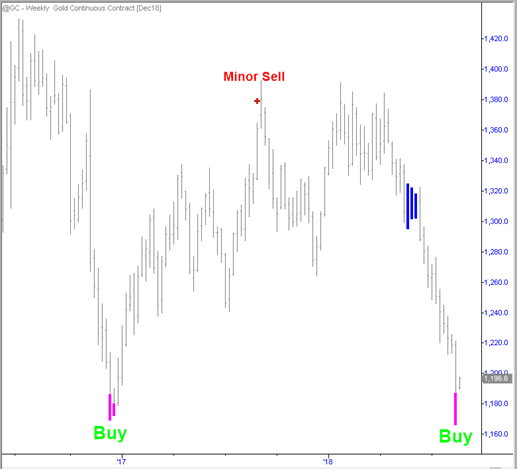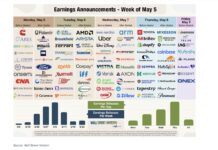The notion that markets are efficient is a fallacy. Markets are driven by human emotion: bubbles form and pop as euphoria turns to panic.
From Tulip Mania in the 1630’s to the Dot Com Bubble in the late 1990s, markets have proven time and again that greed and fear lead to inefficient markets.Timing the market isn’t easy. However at Market Inflections, we’ve developed a unique algorithm which helps to identify when trends begin and end.
Its origins are in earthquake science, and it leverages advanced mathematics and behavioral finance principles to measure crowd effect and mean reversion. The scientists at Parallax Financial Research many years ago discovered a connection between the physics of the release of energy during earthquakes and the release of energy from strained market participants during market panics (both panic buying and panic selling).
While extreme market panics are rare, there are thousands of smaller panics which occur all the time on any number of time frames. For instance, when the algorithms observe emotional investors selling a market in an extreme fashion over the course of a few days or weeks, it can determine a precise moment that the fury appears to have reached an extreme exhaustion point. The algorithms then trigger a buy signal.
On August 17, 2018 our algorithm generated a number of Buy signals on Gold and Gold Mining stocks: the first of which occurred on the weekly chart of the Gold Futures Contract.
This is the most notable Buy signal on Gold since December 2016 — that signal resulted in a turnaround for Gold and marked the beginning of a 200 point rally.
Our algorithm is also generating notable Buy signals on a number of Gold Miners including Newmont Mining and Royal Gold.
To read the rest of this report, please visit the Market Inflections Web site. Thanks for reading!
Twitter: @larryfooter @mktinflections
Author is long Gold futures, long GLD, and long NEM at the time of publication. Any opinions expressed herein are solely those of the author, and do not in any way represent the views or opinions of any other person or entity.









